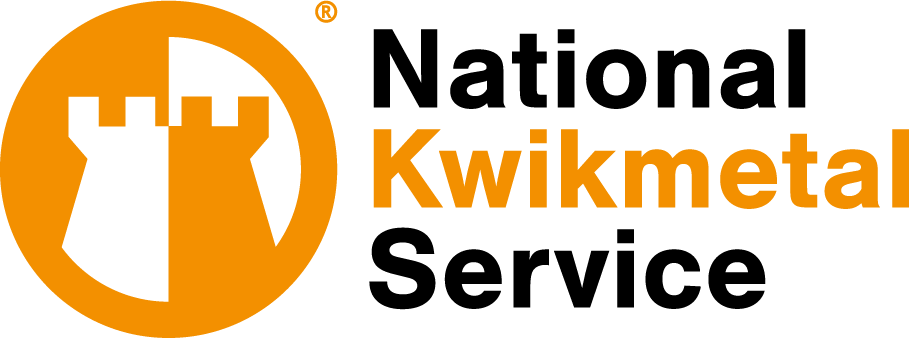
Stainless steel is a common material with a wide range of uses due to its exceptional properties. including corrosion resistance, durability, and aesthetic appeal. However, not all stainless steel is created equal, and one specific type that stands out is non-magnetic stainless steel. This unique alloy has captured the attention of engineers, designers, and manufacturers across the globe, as it offers a range of benefits that make it an increasingly popular choice for a variety of applications.
Below, this stainless steel slitting company in Las Vegas, Nevada is going to delve into the fascinating world of non-magnetic stainless steel, exploring its properties, characteristics, and the science behind its unique behavior. Finally, we will examine the various industries that have embraced this remarkable material.
One of the defining features of non-magnetic stainless steel is its ability to resist magnetization, a characteristic that sets it apart from its more commonly known magnetic counterparts. This non-magnetic property is achieved through the precise control of the steel’s chemical composition, specifically the balance of its alloying elements.
Unlike traditional stainless steel, which contains a significant amount of iron, non-magnetic stainless steel is typically composed of a higher percentage of chromium and nickel, with a lower iron content. This unique blend of elements results in a crystal structure that does not readily align with an external magnetic field, rendering the material non-magnetic.
In addition to its non-magnetic properties, non-magnetic stainless steel also boasts excellent corrosion resistance, high strength-to-weight ratio, and exceptional durability. These characteristics make it an ideal choice for applications where magnetic interference or corrosion resistance is of utmost importance in Las Vegas, Nevada.
The versatility of non-magnetic stainless steel has led to its widespread adoption across a diverse range of industries in Las Vegas, Nevada. From medical and scientific equipment to the aerospace and defense sectors, this remarkable material has found numerous applications that capitalize on its unique properties.
The non-magnetic properties of stainless steel can be attributed to its unique crystal structure and the careful balance of its alloying elements. In traditional magnetic stainless steel, the predominant crystal structure is known as body-centered cubic (BCC), which allows the iron atoms to align with an external magnetic field, resulting in the material’s magnetic properties.
However, in non-magnetic stainless steel, the crystal structure is primarily face-centered cubic (FCC), which is less susceptible to magnetic alignment. This FCC structure is achieved by increasing the concentration of elements like chromium and nickel, while reducing the iron content.
The specific chemical composition of non-magnetic stainless steel varies depending on the desired properties and the intended application. Common grades of non-magnetic stainless steel include 304L, 316L, and 317L, each with its own unique blend of alloying elements and corresponding characteristics.
If you’re in the market for a reliable and experienced Stainless steel slitting company in Las Vegas, Nevada, National Kwikmetal Service is the company to call. As a leading provider of custom metal processing solutions, we offer a wide range of value-added services, including precision slitting, cutting, and fabrication of non-magnetic stainless steel.
Contact us today at 1-800-722-5029 to learn more about our stainless steel.
Phone: 847-257-6570
Phone: +52.811.6363844
Phone: 615-793-4700